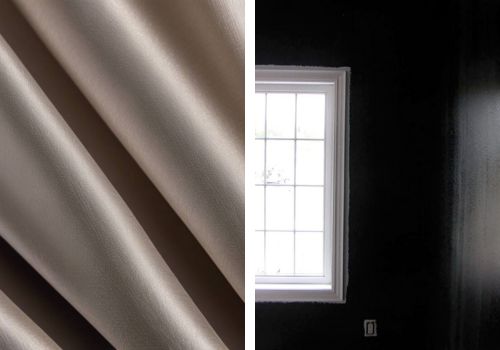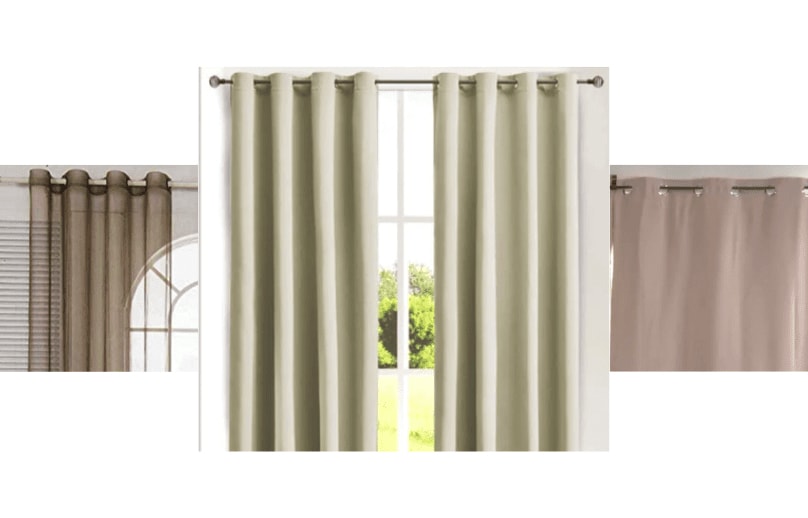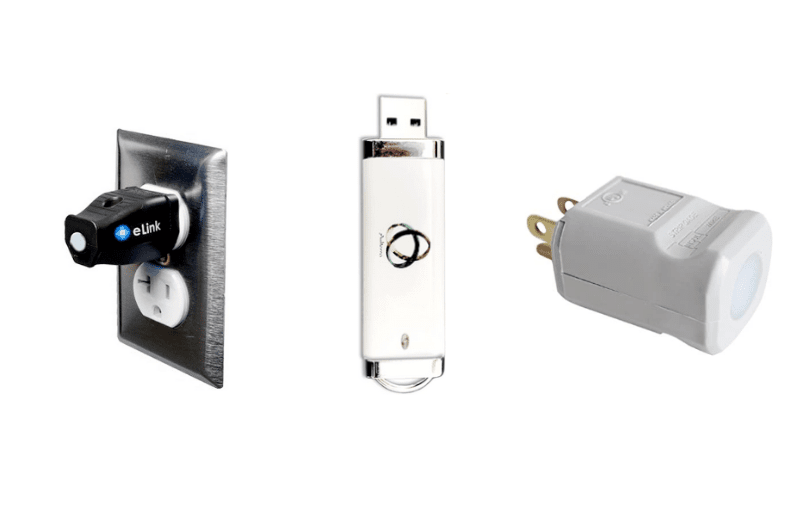When you think of devices that emit EMF, you probably think of things such as your microwave or cell phone. Light bulb radiation may not be the first thing that comes to mind, but this common household item actually produces a great deal of EMF radiation.
If you’re trying to reduce the EMF levels in your home, you have come to the right place this article will answer your question about dangerous light bulbs and what are the safest light bulbs?
Light Bulb Radiation
Light bulbs produce EMF radiation in a number of ways. Some new smart bulbs have WiFi capability, and the more WiFi-enabled devices in your home, the higher the EMF levels.
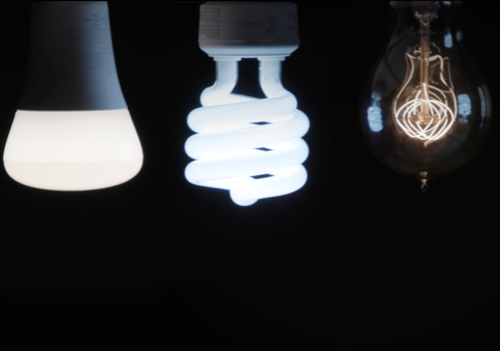
Other smart bulbs use Bluetooth, which is equally dangerous in terms of radiation emissions.
Another way that light bulbs lead to increased EMF levels is by the production of dirty electricity. Newer bulbs create dirty electricity because they use less electricity than the standard home is wired for. This leads to an increase in energy efficiency, which is why these bulbs are so popular.
Dirty Electricity Produced By Bulbs
However, while the bulb uses less electricity, the same amount of electricity is pulsing through the wires of your home. Some of this unused electricity is then sent back into your home’s wiring, creating what is called dirty electricity.
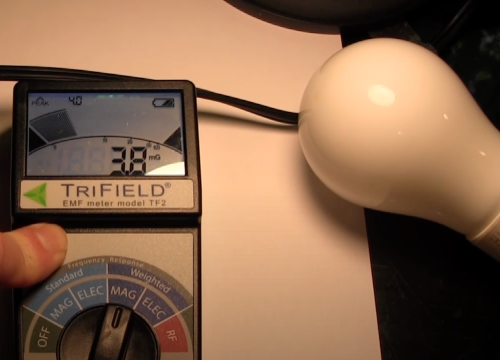
Dirty electricity is dangerous because it emits a high level of EMF radiation. Light bulbs aren’t the only thing in your house that produce it you may want to read my article on the best dirty electricity filters to learn how to reduce the overall amount in your house.
One way to measure dirty electricity is to purchase an EMF meter. To see if you have an abundance of dirty electricity, take a reading with all the lights on and then again with all the lights off. If the results are higher with the lights on, you’ve got dirty electricity in your home.
What are the Safest Light Bulbs
The safest light bulbs to use from an EMF standpoint are incandescent light bulbs. These bulbs were designed to work with the wiring in most homes, meaning they produce little to no dirty electricity. And since they have no WiFi or Bluetooth capability, you’re looking at little to no EMF production.
Incandescent Light Bulbs
Incandescent bulbs are the standard bulb that we all used growing up and were the only bulbs anyone really used in their homes for about 150 years. These are the healthiest light bulbs from an EMF standpoint and they don’t produce as much blue light as the newer bulbs.

Blue light is something to avoid especially at night before you go to bed. Unfortunately incandescent bulbs aren’t very energy efficient which is why they aren’t as popular anymore. They are less energy efficient because most the energy is going into producing the heat necessary to make these lights work instead of the light itself.
While they may not be as energy efficient or long lasting as other bulbs, incandescent bulbs do tend to be cheaper. It is getting harder and harder to find these bulbs in stores, but you can still them easily on Amazon.
Are LED Light Bulbs Safe?
LED lights aren’t the safest choice because they create dirty electricity, increase EMF radiation and produce more blue light. A major problem with blue light is that it interferes with sleep by suppressing your melatonin production.
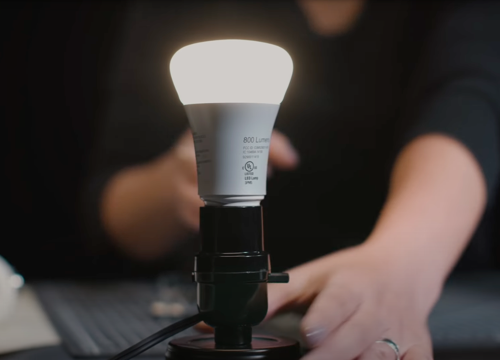
This is why you have probably read to avoid using your laptop, phone and watching tv a few hours before you plan to go to sleep.
Light bulbs to avoid
If possible, avoid smart bulbs that use WiFi or Bluetooth. Not only are these bulbs usually LED-based, leading to dirty electricity, but the wireless signal produces its own EMF.
If you are trying to reduce your overall exposure, these are definitely bulbs to avoid.
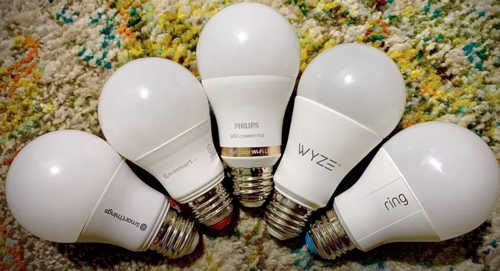
Likewise, you’ll want to steer clear of any bulb that produces dirty electricity. Both LED and CFL bulbs are known to do this– they simply weren’t designed for the way houses are wired today.
Another type of bulb to avoid is the remote controlled type. Sometimes sold as light strips, or just a single bulb, these bulbs often produce dirty electricity as well as EMF radiation from the remote control.
Minimizing exposure
Minimizing your exposure is key to avoiding the health problems associated with EMF radiation. Your best bet is to use incandescent bulbs.
They are less energy efficient, but simply turning lights off when not in use can go a long way towards lowering your energy bill. If you must use LED bulbs, smart bulbs, or CFLs (compact fluorescent), use them as sparingly as possible.
Try and place those lights away from nightstands, chairs, and other places where they might come into close contact with people.
Lowering your home’s overall EMF level can be difficult. Switching to incandescent bulbs is one way to dramatically lower your home’s level.
A couple other options you may want consider to lower the over EMF exposure in your home is to invest in an EMF bed canopy to protect you while you sleep and a WiFi router guard to limit the wifi radiation throughout your entire house.
References
https://healthybuildingscience.com/2013/03/25/emf-from-led-lights/

